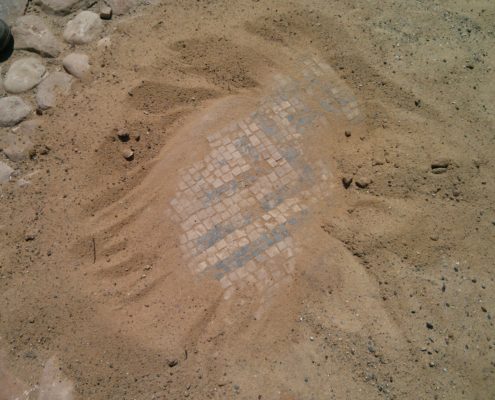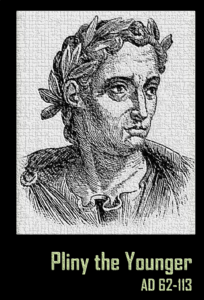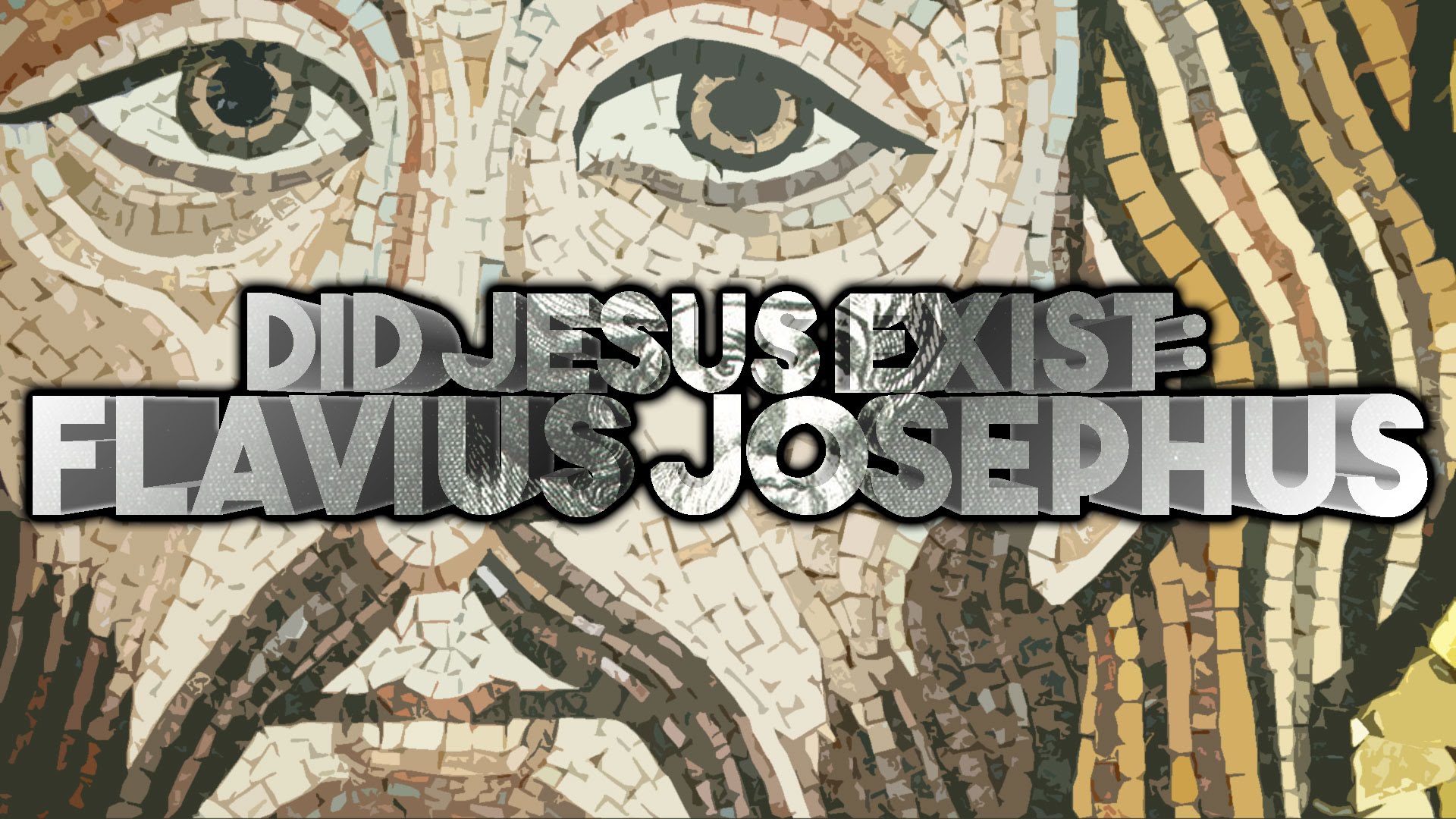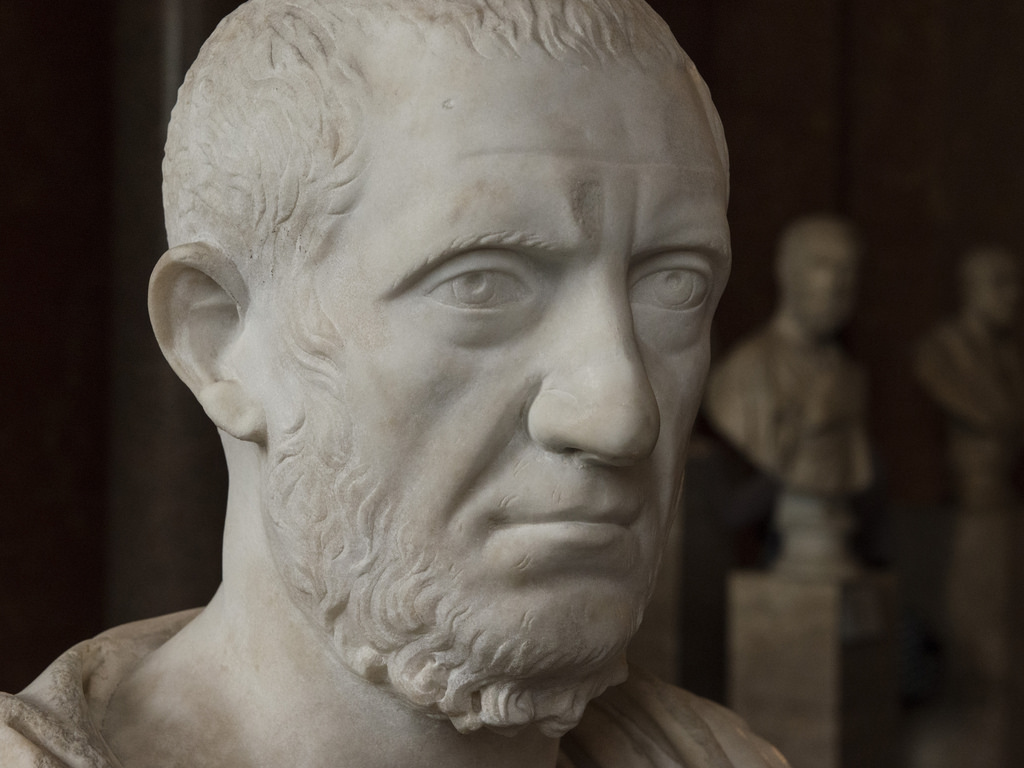
“Sunday Scriptures” is a series of posts explaining the Sunday Mass readings – helpful for those preparing to worship, or preparing a homily!
In this Sunday’s Gospel reading, we hear Jesus’ famous parable about the Pharisee and the tax collector:
Jesus addressed this parable to those who were convinced of their own righteousness and despised everyone else. “Two people went up to the temple area to pray; one was a Pharisee and the other was a tax collector. The Pharisee took up his position and spoke this prayer to himself, ‘O God, I thank you that I am not like the rest of humanity — greedy, dishonest, adulterous — or even like this tax collector. I fast twice a week, and I pay tithes on my whole income.’ But the tax collector stood off at a distance and would not even raise his eyes to heaven, but beat his breast and prayed, ‘O God, be merciful to me a sinner.’ I tell you, the latter went home justified, not the former; for whoever exalts himself will be humbled, and the one who humbles himself will be exalted.”
– Luke 18:9-14
The mistake of the Pharisee is not found in his avoidance of sin or in his religious observances, like fasting and tithing. In fact, this is all quite laudatory. His real problem lies in his exalted view of himself. He does not discern his own sinfulness or need of God’s forgiveness. The tax collector, on the other hand, does realize that he is a sinner who stands in need of God’s forgiveness – and moreover, that he does not deserve that mercy.
The Pharisee does not realize that, far from being acceptable to God, he is actually an idolater! What the Pharisee is doing, ultimately, is arrogating one of God’s prerogatives unto himself (this is in fact what the devil does, as scholar Charles Talbert points out) – in this case, the prerogative of judgment. The Pharisee, who says, in essence – “I am not a thief” – is actually stealing something from God.
Now, while it is true that we must judge objective actions as being sinful or not, one can never judge a person’s intentions (what their motives may have been) or ultimate destiny (whether they will end up in either Heaven or Hell) before God.
What the Pharisee did not realize was that the tax collector not only a) knew he was a sinner; but b) had already inwardly repented and asked for God’s mercy. Ironically, the hated tax collector, despised by the Pharisee, is accepted by God. The Pharisee, conversely, demonstrates an attitude that God despises. The self-congratulating Pharisee was not aware of his own sin and thus didn’t feel the need to repent. Not having asked God for forgiveness, he therefore wasn’t forgiven! It was actually the tax collector who “went home justified before God”.
Christians should take note of Jesus’ words by practicing personal humility before God and others, and avoiding haughtiness.



 On this Feast Day of St. Mary Magdalene, I thought I’d let you know about the incredible excavation going on at her hometown – Magdala, known as Migdal in Hebrew. In 2013 and 2014, I had the privilege of visiting the work at Migdal, along with Dr. Craig Evans, Greg Monette, Dwight Crowell and Jesse Richards. Migdal, which was built just next to the Sea of Galilee, is an incredible archaeological find – it’s unique in that the entire first-century town has been unearthed.
On this Feast Day of St. Mary Magdalene, I thought I’d let you know about the incredible excavation going on at her hometown – Magdala, known as Migdal in Hebrew. In 2013 and 2014, I had the privilege of visiting the work at Migdal, along with Dr. Craig Evans, Greg Monette, Dwight Crowell and Jesse Richards. Migdal, which was built just next to the Sea of Galilee, is an incredible archaeological find – it’s unique in that the entire first-century town has been unearthed. Pliny the Younger is another valuable historical source for information on Jesus and the early Church. Pliny was the governor of the Roman province of Bithynia, located in Asia Minor. In the year 112 AD, he wrote to the Emperor Trajan, asking how he should deal with those in his region who have been accused of being Christians.
Pliny the Younger is another valuable historical source for information on Jesus and the early Church. Pliny was the governor of the Roman province of Bithynia, located in Asia Minor. In the year 112 AD, he wrote to the Emperor Trajan, asking how he should deal with those in his region who have been accused of being Christians.



